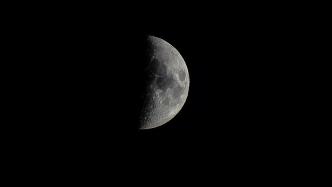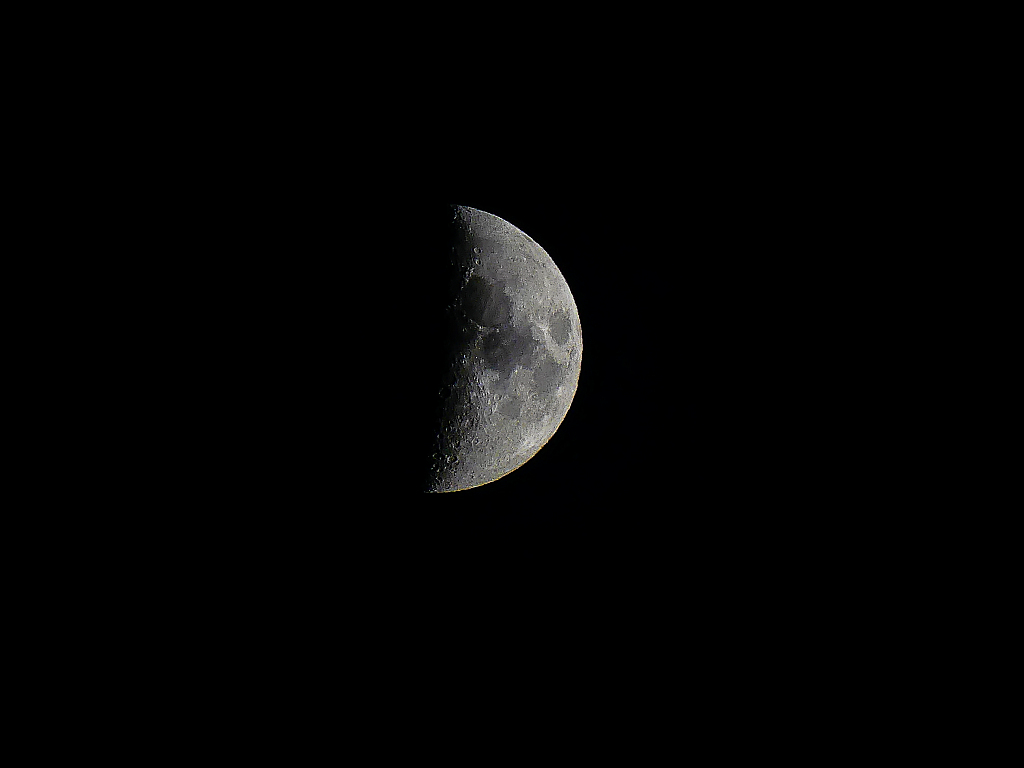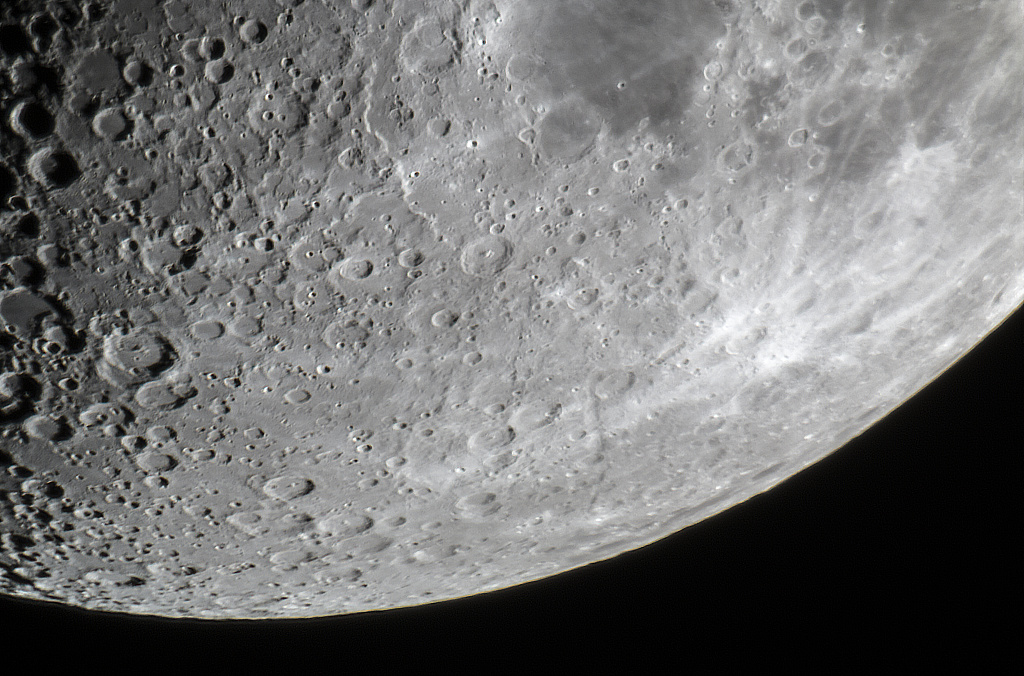

A newly released study by an international team shows that researchers analyzed lunar samples collected by the US Apollo 17 spacecraft lunar landing mission and found that the moon is at least 4.46 billion years old, which is "older" than scientists previously thought. Long live 40 million.
The Field Museum of Natural History in the United States recently issued a communiqué stating that the new research was carried out in cooperation with the University of Glasgow in the United Kingdom, Northwestern University in the United States and other institutions, using lunar samples collected by American astronauts during the Apollo 17 lunar landing mission in 1972. Among them The tiny zircon crystals contained are the oldest solids known to have formed after the birth of the moon, so they could be used to "anchor" the moon's age.
Researchers used "atom probe tomography" equipment to analyze samples, combined with radioactive element dating, to conduct a precise study of the age of zircon crystals from the moon.

Philip Heck, a scientist at the Field Museum of Natural History who participated in the study, said that the radioactive element dating method works like an hourglass. When the decay rate of an element is known, it can be calculated as long as the number of parent atoms and the number of daughter atoms they transform into are known. out of the passing time.
The ratio of lead isotopes contained in the zircon crystals indicates that the sample is approximately 4.46 billion years old, which means the moon is at least 4.46 billion years old. Relevant papers have been published in the new issue of the journal Geochemical Perspectives Communications.